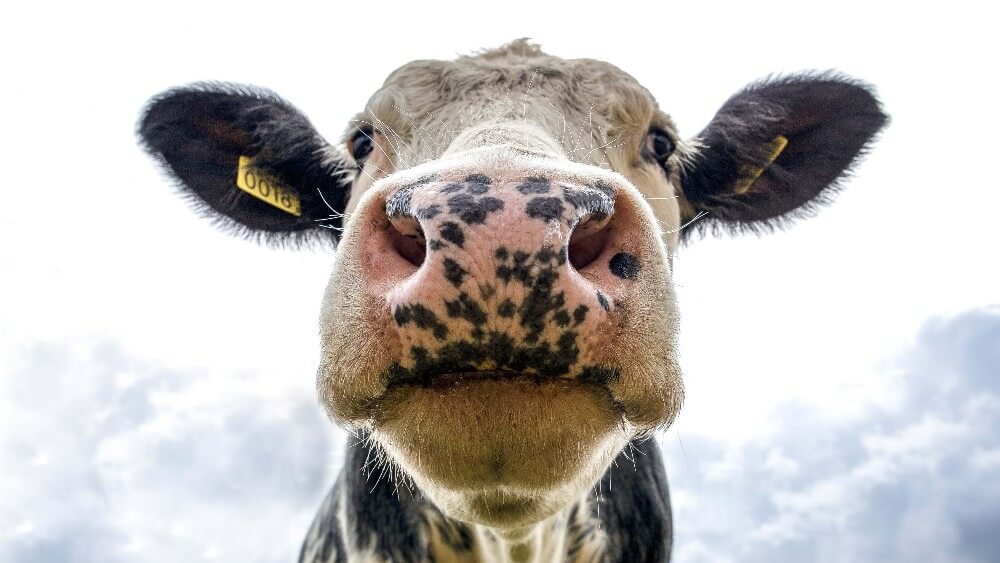With an imbalance between supply and demand due to the coronavirus pandemic, U.S. dairy farmers are facing a milk surplus. In order to offset the impact, more farmers are sending milking cows to the slaughterhouse earlier than usual.
The number of dairy cows sent to slaughter has increased 2.3 percent since last month according to data from financial services company INTL FCStone.
Dave Kurzawski, a senior broker at the firm, told Bloomberg that American dairies could reduce their herd size by 80,000 to 90,000 to cope with the milk glut. The majority of cows will end up at the beef market.
Kurzawski explained that lean ground beef has become the “prime meat of the day” as processors face increased prices and demand. Major retailers such as Costco and Kroger have already begun limiting meat purchases, anticipating a shortage. Select Wendy’s locations even ran out of beef, leading the company to advertise chicken products instead of hamburgers at more than 1,000 locations.
‘Catastrophic’ Impact
According to David Darr—senior vice-president and chief strategy and sustainability officer of the national milk marketing cooperative Dairy Farmers of America—farmers aim to reduce milk production by 5 percent to 15 percent. He added that the majority of farmers will most likely not experience an impact of the coronavirus on the market for 60 days. But the recent changes have already been “catastrophic.”
“There are some farms who are looking at addressing their milk production by removing some animals from their herds,” Darr said.
According to Farm Sanctuary—a nonprofit organization that advocates for and provides shelter for farm animals—dairy cows are usually slaughtered for meat when they no longer produce the desired volume of milk. On average, this happens when cows are less than five-years-old. In a shelter setting, a cow may live for up to 20 years.

Dairy vs. COVID-19
The dairy industry’s struggles don’t begin with the coronavirus pandemic. According to the United States Department of Agriculture data, fluid milk consumption has steadily declined since the mid-1970s. The government has a 1.4 billion-pound cheese surplus due to overproduction and declining demand.
Last April, the Trump administration announced plans to purchase $15.5 billion worth of meat and dairy products to aid farmers. Agriculture Secretary Sonny Perdue told the Fox Business Network that the government aims to purchase as many animal products as possible.
Later that month, major dairy groups the National Milk Producers Federation (NMPF) and the International Dairy Foods Association (IDFA) submitted a proposal calling on the federal government to support the milk industry.
Methods include the “immediate” purchase of “substantial volumes of dairy products” for food banks and kickstarting the Healthy Fluid Milk Incentives Projects (HFMIP). Originally created as part of the 2018 Farm Bill, HFMIP would allow the industry up to $20 million to test methods of encouraging SNAP recipients to buy dairy products.


